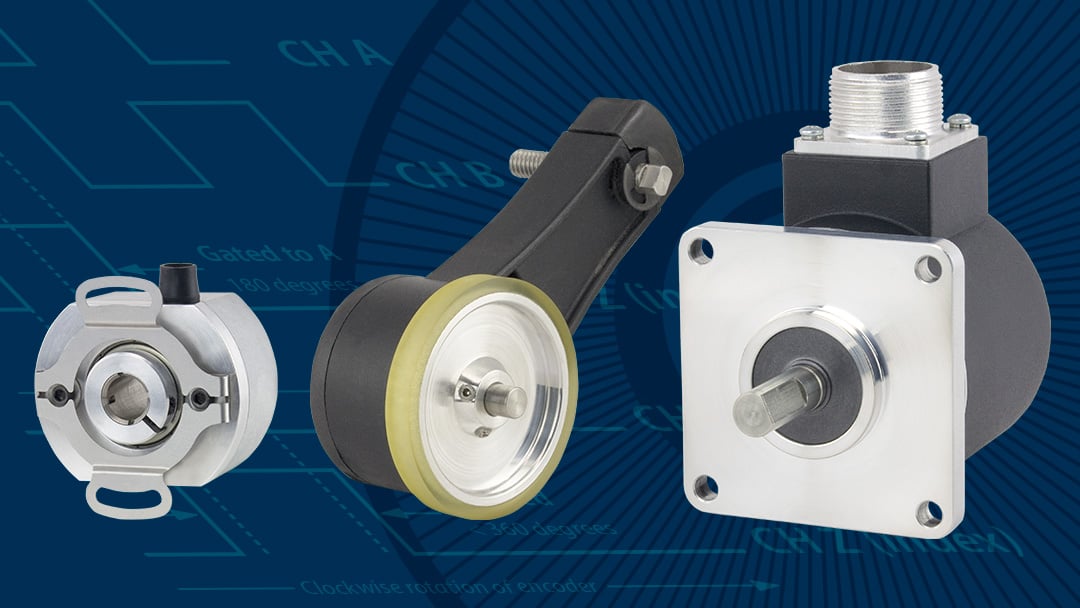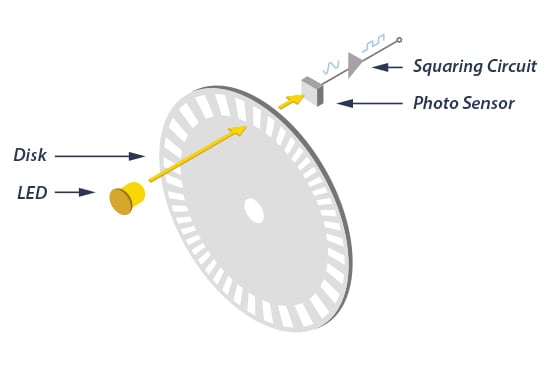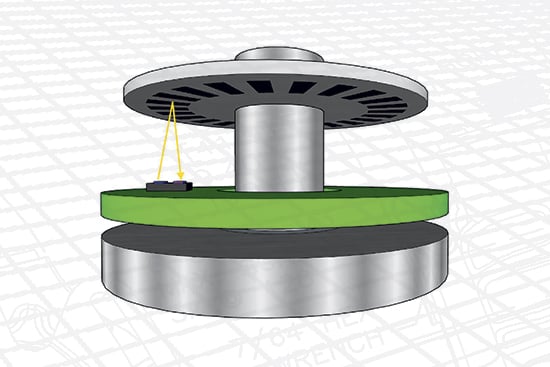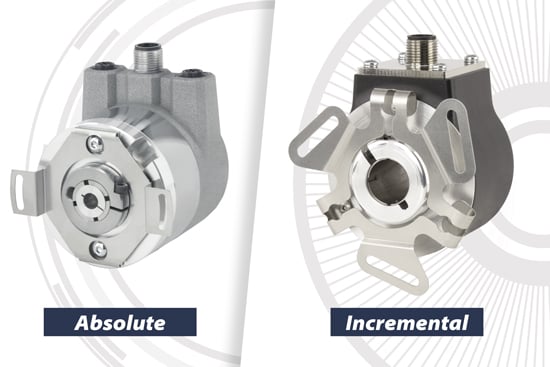What can a rotary encoder do for your application?
Many applications require precise control over their moving components, and rotary encoders supply the information that enables that control. For example, rotary encoders supply feedback that allows systems to modulate the speed of electronic motors under a variety of loads: when the load increases, rotary encoders tell the system that the motor’s speed has decreased, signaling that more power should be sent to the motor to maintain consistent rotational speed.
Rotary encoders can also tell precision equipment about a shaft’s current position, making them essential components in applications like robotics and many factory automation settings where highly coordinated servo motors are required.






